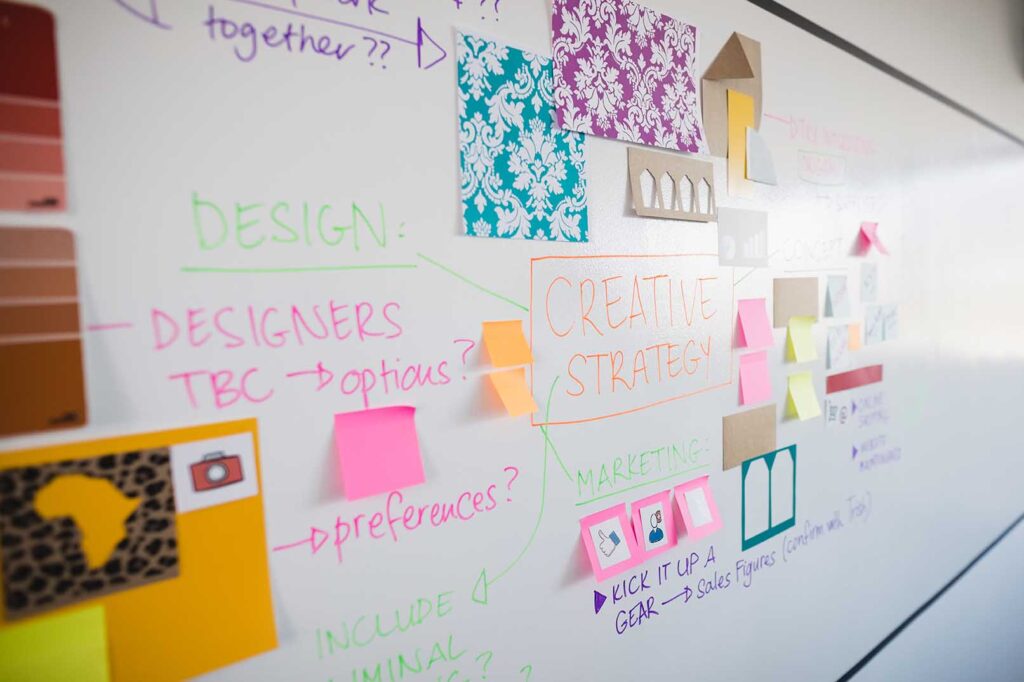This research tested a prototype MVP – a tool to connect creators & influences with nonprofits to support their fundraising efforts via public donation matching on social media.
Methods
- Product Walkthrough
- Semi-structured Interviews
Findings
- The MVP was structured around creators driving the donation match. But in speaking with both nonprofits and creators, I learned that a different model would be more successful – one where nonprofits initiate the matching process, and creators can then accept and publicize it.
Impact
- The team pivoted the product to reflect a greater need for nonprofit initiative, and implemented additional UI changes to increase clarity, flow and understandability.


